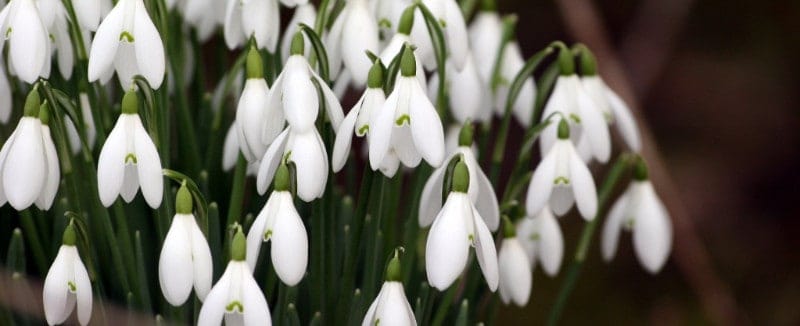
What’s Budding
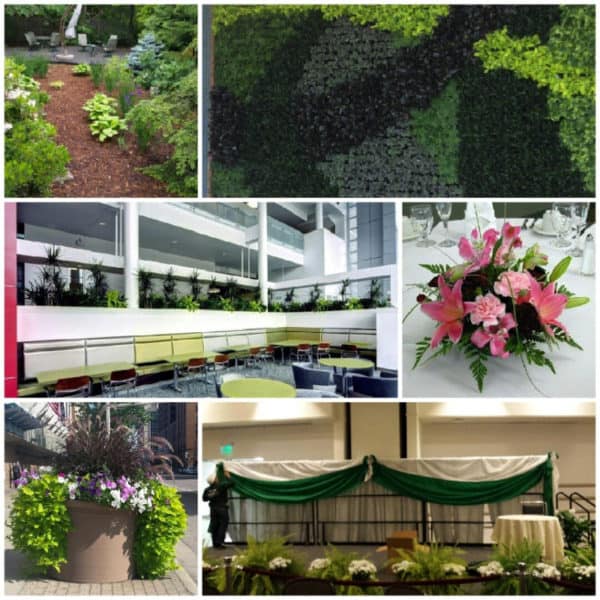
Competitive Focus
Our memberships in state and national associations keep our finger on the pulse of changes in each industry, and we love helping shape the dialogue when appropriate. A lot is happening locally in horticulture, with changes in ownership of some local competitors, peers choosing retirement, or natural allies merging or business partners parting ways. The floral industry has been shrinking for several decades, as competition from large grocery/big box stores makes a stand-alone operation… Read More

On the Green Side
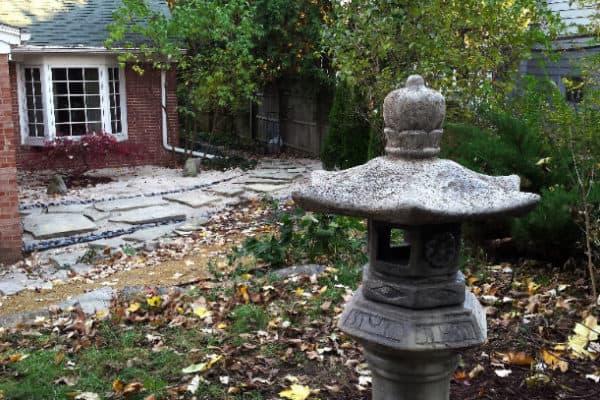
The Japanese Garden Style
According to garden historians David and Michigo Young, at the heart of the Japanese garden is the principal that the garden is a work of art. “Though inspired by nature, it is an interpretation rather than a copy; it should appear to be natural, but it is not wild.”
The Japanese style of gardening has always interested me, but after I had the amazing opportunity to travel to Japan in 2014, my interest turned into a passion. The city of Kyoto is a garden-lover’s paradise, and is the best place in all of Japan to immerse yourself in the wonders and awe of the Japanese garden. It almost boggles the mind to think about standing in a garden begun in 1339.
Designed for peaceful contemplation, the Japanese garden is soothing, has a serene ambiance, and strives to provide a spiritual haven. The elements mimic or symbolize natural elements. The four essential elements are rocks, water, plants, and ornaments… Read More

Digging In
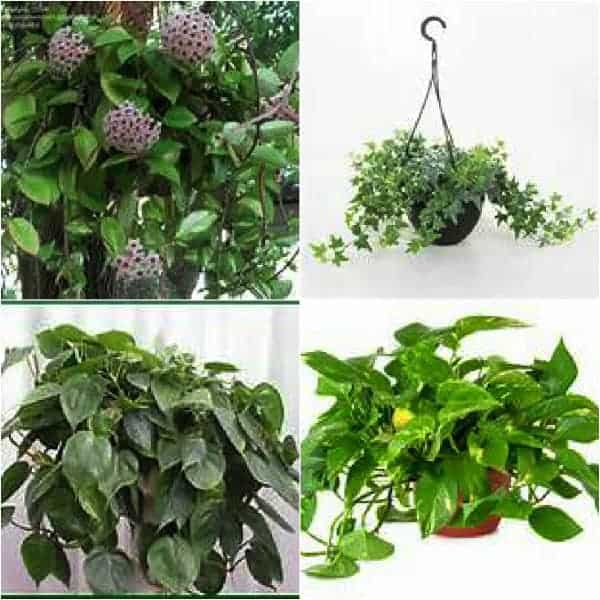
Vining Interior Plats
Brighten rooms, filter the air, and bring the outdoors in. Vining interior plants can be grown in hanging baskets, trained on a trellis, placed on shelves or cabinets, or grown in living walls. The most popular species are Pothos, Philodendron, Hoya, and English Ivy.
Pothos are arguably the easiest interior plant to grow. The leaves of pothos are heart-shaped and are variegated green and white, green and yellow, solid green, or lime green. The vines can get spindly as they grow longer, so prune annually. Pruning will keep the plant full and more compact. Be sure to cut back to a leaf that is about 2” from the base of the plant to keep the new growth coming in. Pothos can grow in low light, and likes to dry down somewhat before watering. If the plants get too dry, older leaves will wither and yellow. Plants that are continually too wet will develop root rot.
Philodendrons grow in both vining and self-heading. Philodendron in Greek translates to tree lover. In their native habitat, they either start their life in the tops of the trees… Read More

The Buzz
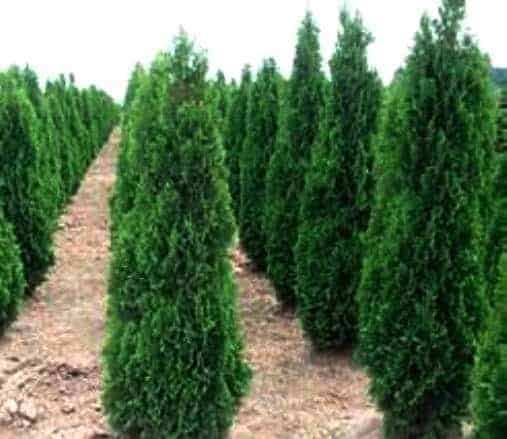
The Problem is… The Economy has Improved…
Both Michigan and Florida nurseries are having trouble keeping up with demand. Especially woody plants, which take several years to grow to saleable size, are in short supply. Evergreens are shorter than we would like, and fewer varieties are available in numbers suitable for large jobs.
The Florida nurseries are short on even some common and fast-growing tropical plants, as there has been drought in the Sunshine state and the spring garden center season always draws down available supplies. Please bear with us as we make substitutions available to you, or suggest changes in design on new project, based on what is looking best right now.
